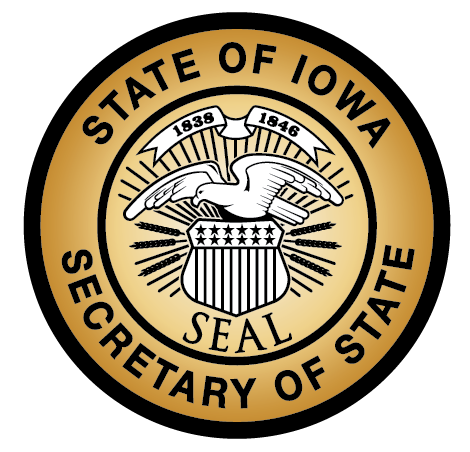Main Objective
Students will analyze the processes involved and the reasons we use the electoral college system of presidential selection and the strategy required for a successful victory.
Additional Objectives
- be able to define the role of an elector and how electors are chosen.
- understand the Framer’s original plans, reasoning for the plan, and changes that have been made over time.
- debate pros and cons of the electoral college system and various alternative plans proposed for electing the president.
- analyze historical and current election information in various forms as evidence in the creation of their victory campaign strategy.



